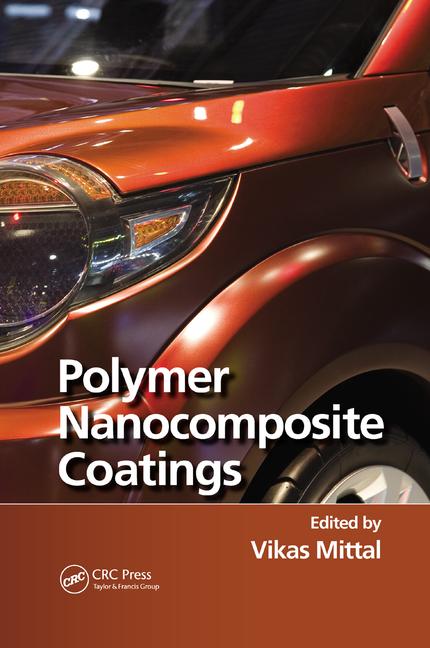INM Researchers Develop Antimicrobial, Abrasion-Resistant Coatings

TOKOYO - Hygienic conditions and sterile procedures are particularly important in hospitals, kitchens and sanitary facilities, air conditioning and ventilation systems, in food preparation and in the manufacture of packaging material. In these areas, bacteria and fungi compromise the health of both consumers and patients. Researchers at the INM – Leibniz Institute for New Materials, Saarbruecken, Germany, have now produced antimicrobial abrasion-resistant coatings with both silver and copper colloids with a long-term effect that kill germs reliably and at the same time prevent germs becoming established. The coatings are particularly suitable for the application on large and solid surfaces, on door handles and for textiles.
The researchers from the INM presented their results at the International Nanotechnology Exhibition and Conference nano tech 2015 in Tokio, Japan.
“The new development combines two properties, which means the presence of germs and fungi on these surfaces is zero,” explained Carsten Becker-Willinger, Head of the Nanomers Program Division. Silver or copper colloids, which gradually release germicidal metal ions into the environment, are incorporated in the coating. “The metal colloids are only a few nanometers in size, but their particular ratio of size to surface area produces a distinctive long-term effect. The ‘consumption’ of metals to metal ions is then so low that the coating can be effective for several years,” said the chemist. The high abrasion resistance will also increase the long-term effect. At the same time, the surface of the coating is anti-adhesive, so neither dead nor fresh germs can adhere to the surface. As a result, the coating primarily counteracts the formation of an extensive biofilm.
The researchers were able to prove the double microbicidal and biofilm-inhibiting action using the standardized ASTM E2 180 test process. The new material can be applied to a variety of substrates such as plastic, ceramic or metal using conventional techniques such as spraying or dipping, and cures thermally or photochemically. Selective variation of the individual components allows the developers to react to the particular and different needs of potential users.
Looking for a reprint of this article?
From high-res PDFs to custom plaques, order your copy today!








